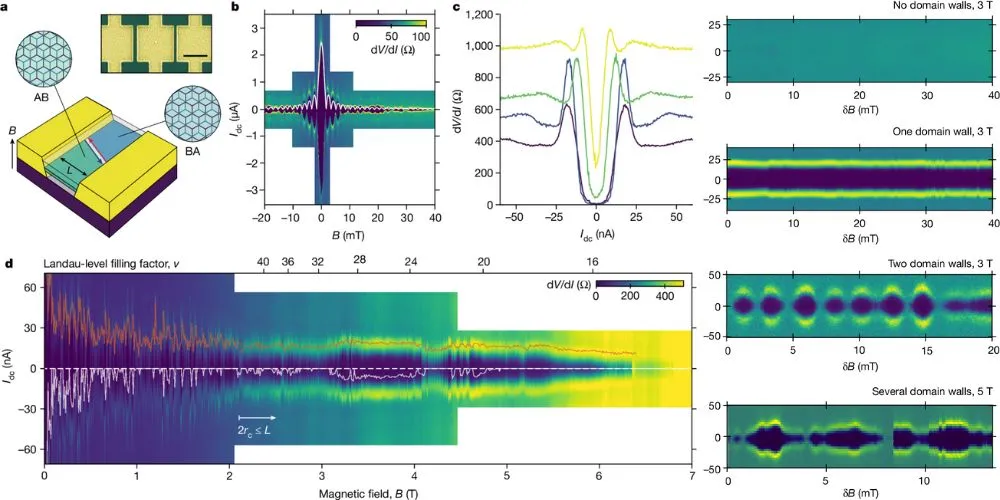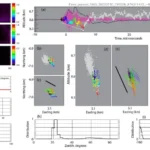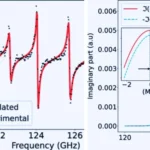Key Points:
- Researchers at The University of Manchester achieve robust superconductivity in high magnetic fields using a novel 1D system.
- Inspired by previous work on highly conductive boundaries in graphene, the team adopted a new strategy involving domain walls.
- Strictly 1D electronic states within domain walls exhibit greater compatibility with superconductivity, leading to robust supercurrents.
- This research represents another step forward in superconductivity and is expected to advance quantum technologies.
In a groundbreaking development in superconductivity, researchers at The University of Manchester have achieved robust superconductivity in high magnetic fields using a newly created one-dimensional (1D) system. This breakthrough offers a promising pathway to achieving superconductivity in the quantum Hall regime, a longstanding challenge in condensed matter physics.
The research led by Professor Andre Geim, Dr. Julien Barrier, and Dr. Na Xin, published in Nature, details the extensive efforts to achieve superconductivity in the quantum Hall regime. Initial experiments followed the conventional approach of bringing counterpropagating edge states into proximity, but this method proved limited.
Dr. Barrier, the paper’s lead author, explains that the team’s initial experiments were driven by the persistent interest in proximity superconductivity induced along quantum Hall edge states. This interest has led to theoretical predictions of new particles known as non-abelian anyons.
Inspired by previous work demonstrating highly conductive boundaries between domains in graphene, the team adopted a new strategy. Placing domain walls between two superconductors achieved ultimate proximity between counterpropagating edge states while minimizing disorder effects. Dr. Barrier highlights the encouraging observation of large supercurrents at relatively mild temperatures of up to one Kelvin in every fabricated device.
Further investigation revealed that proximity superconductivity originated from strictly 1D electronic states within the domain walls. Professor Vladimir Fal’ko’s theory group confirmed that these 1D states exhibited a greater ability to hybridize with superconductivity compared to quantum Hall edge states. The inherent one-dimensional nature of these interior states is believed to be responsible for the observed robust supercurrents at high magnetic fields.
This discovery of single-mode 1D superconductivity opens exciting avenues for research. Dr. Barrier emphasizes that electrons propagate in two opposite directions within the same nanoscale space without scattering, presenting rare opportunities for addressing fundamental physics problems. The team has demonstrated the ability to manipulate these electronic states using gate voltage and observe standing electron waves that modulate the superconducting properties.
Dr. Xin concludes that 1D superconductivity presents an alternative path to realizing topological quasiparticles, combining the quantum Hall effect and superconductivity. This research represents another step forward in superconductivity, which is expected to advance quantum technologies and explore new physics.










